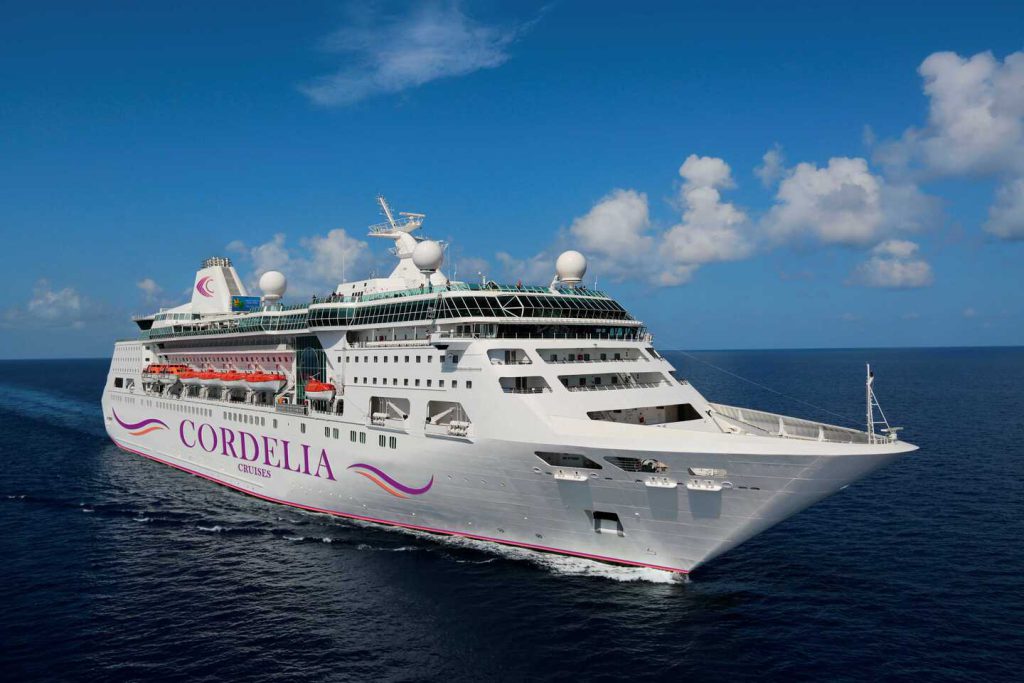
India is charting a strong course in cruise tourism with a multi-pronged approach that combines coastal and river cruising, infrastructure upgrades, and regulatory reforms. The Government of India launched the Cruise Bharat Mission (CBM) on September 30, 2024, from Mumbai Port, with the goal of doubling cruise passenger traffic by 2029. In FY 2023–24, India recorded 4.71 lakh cruise passengers, and the new mission aims to surpass 1.5 million passengers across 5,000 km of operational waterways.
Cruise tourism in India is powered by a 7,500 km coastline, 12 major ports, 200 minor ports, and over 20,000 km of navigable waterways across 110 National Waterways. These link more than 400 rivers, cutting across multiple states, union territories, and 1,300 islands—making India a prime destination for both oceanic and inland cruising.
The Maritime India Vision 2030 (MIV 2030) further envisions India as a global cruise tourism hub. The government is implementing key reforms including priority berthing for cruise ships, rationalized tariffs with 10–30% volume-based discounts, removal of ousting charges, and waiving of cabotage laws to allow foreign cruise ships to carry Indian passengers on domestic routes. Visa-on-arrival, e-visa facilities, a uniform SOP, a single e-landing card, and conditional IGST exemption on foreign vessels converting to coastal routes have also been introduced.
India is also witnessing a surge in river cruise tourism, with new routes emerging along the Ganga, Brahmaputra, and Kerala’s backwaters. The Inland Waterways Authority of India (IWAI) has identified several National Waterways for development, building infrastructure like berthing facilities, navigational aids, and dredging to support year-round operations.
In January 2023, India made headlines with the launch of MV Ganga Vilas, the world’s longest river cruise from Varanasi to Dibrugarh. Covering 3,200 km across five states and Bangladesh, the luxury cruise earned a spot in the Limca Book of Records and elevated India’s profile in global cruise tourism.
In March 2025, IWAI and the Delhi Government signed an MoU to develop a 4-km stretch of the Yamuna River (NW-110) into a green cruise corridor with electric-solar hybrid boats and HDPE jetties. Similarly, MoUs were signed with Jammu & Kashmir for developing river cruises on the Chenab, Jhelum, and Ravi rivers, backed by 100 crore in investments. A tripartite agreement was also signed with Gujarat and Madhya Pradesh to initiate cruise operations between Kukshi and Sardar Sarovar Dam.
A significant push came from the First Inland Waterways Development Council (IWDC) meeting held in 2024 aboard the Ganges Queen in Kolkata. The meeting unveiled the ‘River Cruise Tourism Roadmap 2047’, focusing on Infrastructure, Integration, Accessibility, and Policy. The council committed a massive 45,000 crore investment—35,000 crore for cruise vessels and 10,000 crore for terminal infrastructure by 2047. Over 30 tourist circuits and cruise routes have already been identified.
With strong policy backing, inter-ministerial coordination, and strategic investment, India is poised to become a leading global player in cruise tourism across both coastal and inland waterways.

